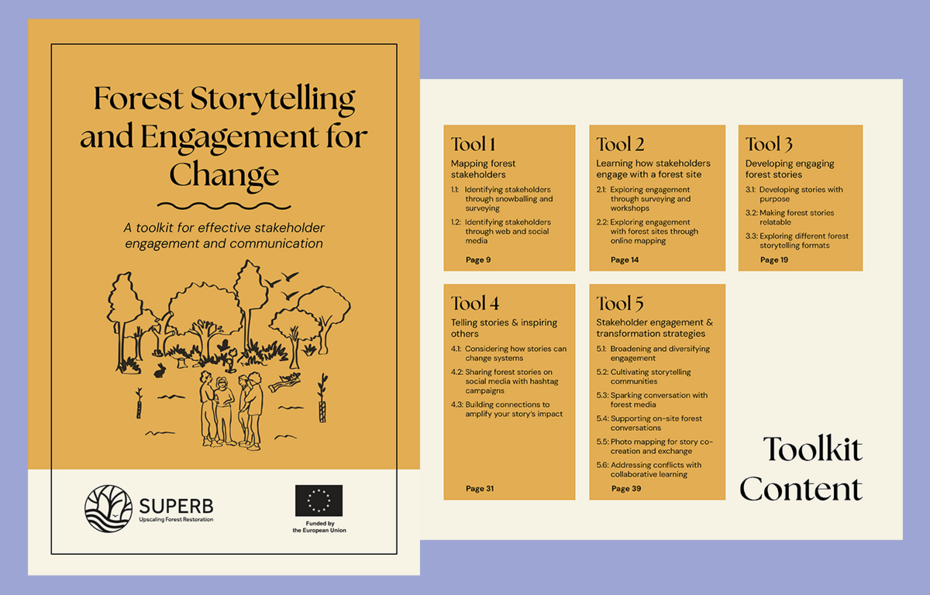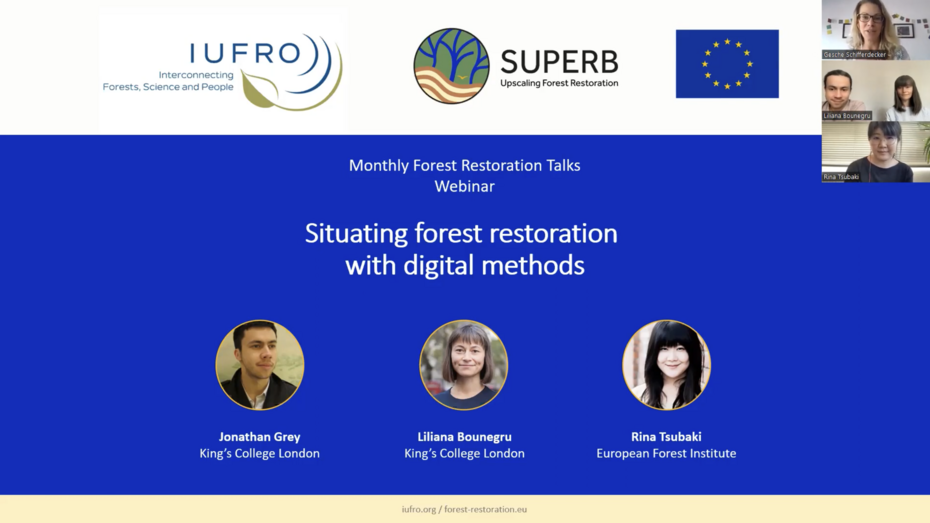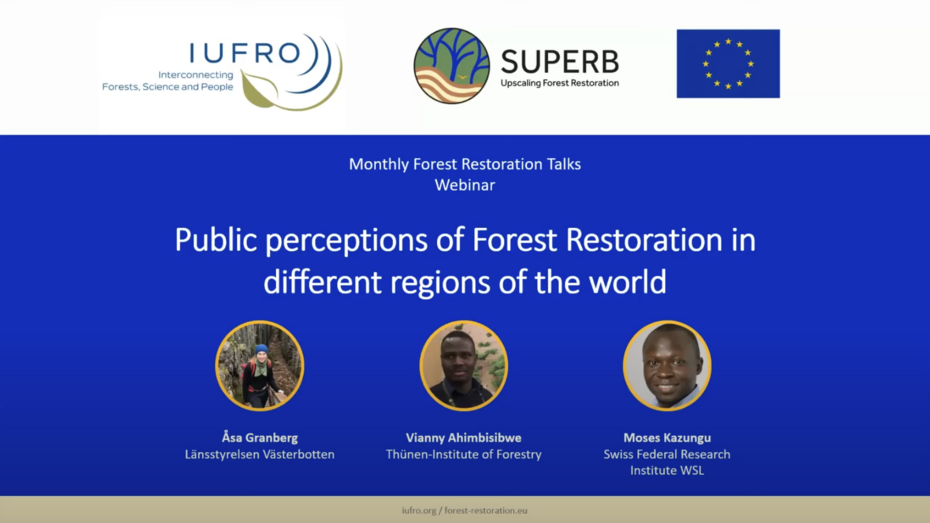
1.5 Stakeholder and Societal Perception Mapping

The value of stakeholder engagement is in enabling commitment for restoration. In engagement processes, diverse stakeholders bring in additional and often new ideas, knowledge and partnerships that can strengthen restoration efforts. Input from stakeholders who are to be involved in enacting the restoration plans and guidelines is key for ensuring relevance and uptake. For being successful in your engagement, it is also helpful to be aware of societal perceptions around your restoration efforts.
Learning about societal perceptions
Societal perceptions refer to how people view forests in general, their perceptions of forest restoration efforts in their areas, their views on the impacts of restoration on the benefits they obtain from forests, and their attitudes towards supporting restoration, including their preferred modes of engagement. Understanding societal perspectives enables you as planner / implementer to align restoration initiatives more closely with local expectations, ensuring that societal interests are meaningfully integrated into both the design and implementation of restoration programmes.
Several key steps are critical for learning about societal perceptions. The first step involves understanding the socio-economic context of the target areas. This requires identifying key informants—individuals who possess detailed knowledge of how forests are used within their communities. Key informants should be drawn from all sectors of society, including women, men, students, teachers, recreational users, hunters, environmentalists, researchers, and local policy actors. These informants are interviewed to gather insights into community perspectives and forest-use practices (find more inspiration via Kazungu, M. and Hunziker, M. (2025): Exploring societal perceptions of forests, ecosystem benefits, and restoration. A case study in Sweden, Scotland, Germany, Serbia, Croatia, and Spain).
Following this, the design of surveys - informed by key informant interviews - can take place to learn about broader societal perceptions of forests and forest restoration. This stage may involve household interviews or online surveys. The findings help to reveal overarching societal attitudes and provide a basis for identifying important social segments, such as different age groups, professional categories, social characteristics, frequency of forest visits, modes of access, and proximity to forests. Understanding these dimensions is crucial for tailoring restoration programmes to local contexts and ensuring their relevance and effectiveness.
Stakeholder Mapping: Identifying stakeholders through snowballing and surveying
Whether you want stakeholders to support your restoration initiative, to contribute to a discussion or to an event, or to include them in in local activities: the effective design and implementation of any forest restoration initiative necessitates a clear mapping of key stakeholders, as well as an understanding of both stakeholder and societal attitudes towards restoration and the resulting impacts on the benefits (services) that people derive.
The goal is to identify relevant stakeholders for your work as implementer / planner through leveraging expertise of your existing contacts. You can do this through tapping into the expertise of your existing contacts.
Whether you do this as an indiviual or as part of a gorup or organisation: you want to understand who you could engage with and reach out to.
One way to identify the relevant people is to use the ‘snowball approach’, also called ‘network sampling’ or ‘chain sampling’. You first contact those stakeholders you are already familiar with and ask them for names of people they'd recommend engaging with. You then contact those and repeat the process. You can do this in-person, by phone or by email.
You can also try ‘stakeholder mapping’. This involves deciding on criteria for who you are mapping (ensuring you think beyond ‘the usual suspects’), then making a list of all relevant people and groups that meet these criteria. You can start the mapping with your existing network of stakeholders and categorise them based on (e.g.) their influence, their profession or their likely engagement. Do think carefully about which stakeholders and actors might have a stake in any decisions, who might be affected and who would want to be involved in any decision process. For example consider regional policymakers, communities living next to forests, businesses, leisure associations, media, and any further relevant actor or stakeholder group.
Stakeholder mapping: Identifying stakeholders through web and social media
By mapping online engagement, you may discover groups who are unexpected or overlooked. This method may give a different picture of stakeholders compared to starting with your existing contacts as shown above.
This process involves two parts/steps: 1) finding online materials such as search engine results and social media posts related to your forest site, and 2) identifying potential stakeholders from these materials.
Related resources
A comprehensive analysis of forest restoration practices across Europe: Ecological, economic, social and policy dimensions
Scaling up ecosystem restoration is key to reversing land degradation and biodiversity loss—but real-world efforts face major hurdles. This study across 31 European countries reveals how practitioners navigate ecological, social, and policy challenges, highlighting the need for holistic approaches and better monitoring to ensure restoration success.
Forest Storytelling and Engagement for Change
Forest Storytelling and Engagement for Change offers a range of practical tools and starting points to support those living and working with forests to map which kinds of stories are told and to explore how to tell stories that can make a difference.
Situating forest restoration with digital methods
This Forest Restoration Talk explored how digital media platforms like Twitter, YouTube, and Google Images shape public perceptions and engagement with forests and restoration. Experts presented innovative tools and creative methods for analyzing and reusing online content to support inclusive communication, policy and stakeholder engagement in forest restoration.
Public perceptions of Forest Landscape Restoration across the world
In this SUPERB/IUFRO Forest Restoration Talk, our speakers into public perceptions of forest restoration across Europe and Ethiopia, featuring insights from social science research. Experts from Sweden, Germany and Ethiopia discuss stakeholder engagement, governance, and communication strategies to align restoration goals with societal values and biodiversity needs.






